Robert L. Howard’s life reads like something out of a war epic—but it was all real. A Green Beret with the U.S. Army Special Forces, he fought in Vietnam for more than four years, surviving some of the fiercest battles of the war. Shot, burned, and blasted by shrapnel, he was wounded 14 times—yet every time, he returned to combat. His sheer refusal to back down, even when the odds were impossible, earned him recognition as the most decorated American soldier of the Vietnam War.
Robert Howard and the 5th Special Forces Group (Airborne)
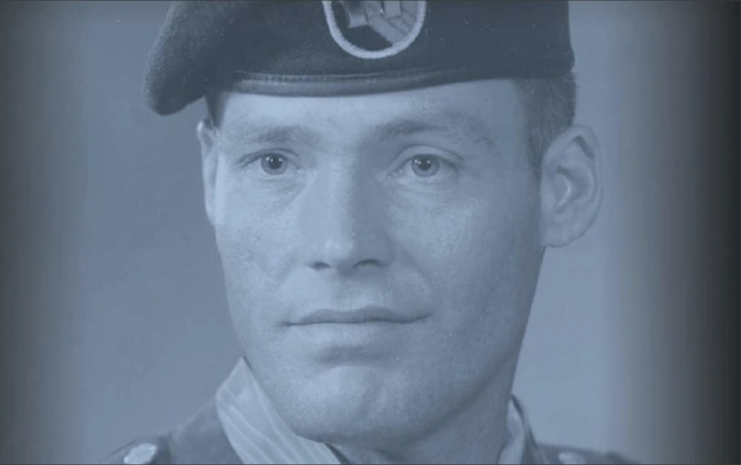
Robert Howard was born in Opelika, Alabama in 1939 and enlisted in the US Army in 1956. His first deployment was in 1965, with the 101st Airborne Division. He’d completed a few tours in Vietnam before attending Special Forces training, returning to Vietnam in 1967 as a sergeant first class with the 5th Special Forces Group (Airborne).
It was during his time serving in Vietnam that Howard would be recommended for the Medal of Honor – not once, but on three separate occasions. He was only awarded it once. It’s believed the reason he wasn’t given it all three times had to do with his assignment as a staff sergeant with the top secret Military Assistance Command, Vietnam – Studies and Observations Group (MACV-SOG). The US military didn’t want to draw attention to his work on classified missions.
Presented with the Distinguished Service Cross
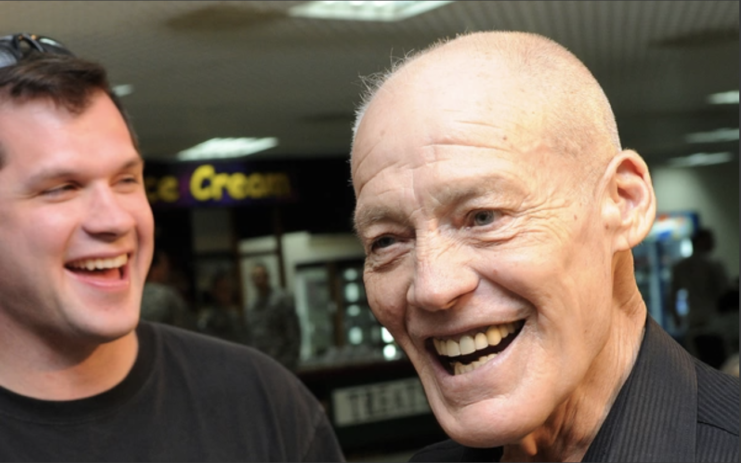
On November 27, 1967, Robert Howard was serving as an adviser to a reconnaissance patrol when they unexpectedly stumbled upon an enemy bunker complex near the Laotian border. A fierce firefight erupted, and Howard took cover beside one of the bunkers, only to find himself pinned down under heavy machine gun fire.
Despite the relentless attack, Howard managed to throw a grenade into one of the bunker openings, eliminating all the enemy personnel inside. He then grabbed an anti-tank weapon, “rose up amidst the relentless barrage of bullets, fired his weapon, and completely destroyed the position.” His courageous actions created an opportunity for him and his team to be safely evacuated by helicopter.
For his extraordinary bravery during the battle, Howard was nominated for the Medal of Honor but was ultimately awarded the Distinguished Service Cross.
Heroics earned Robert Howard a Silver Star
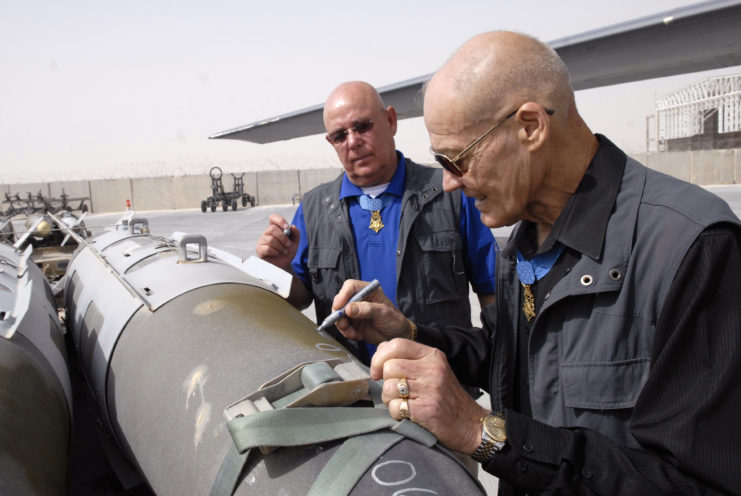
In November 1968, deep in Laos, Robert L. Howard was on a covert reconnaissance mission with a Hatchet Platoon from FOB-2, one of MACV-SOG’s most elite units. After days of moving through enemy-dominated jungle, the team suddenly walked into a devastating ambush. The North Vietnamese rained down gunfire and grenades—and even rolled in a Soviet PT-76 light tank. Without hesitation, Howard seized an anti-tank weapon and destroyed the vehicle, a move that almost certainly saved his men from annihilation.
The chaos only escalated. A Medevac helicopter sent to evacuate the wounded was hit and crashed under enemy fire. Already injured, Howard sprinted 300 yards across open ground through a hail of bullets to reach the burning wreck. He pulled both pilots and a severely wounded door gunner to safety, suffering even more wounds in the process.
Pinned down and unable to evacuate, the battered team held their ground through the night. At first light, Howard once again took charge—locating the 37 mm anti-aircraft gun that had shot down the Medevac and destroying it, finally opening the way for extraction.
Though his actions on that mission were as heroic as any in American military history, Howard did not receive the Medal of Honor. Instead, he was awarded the Silver Star—another entry in a career defined by almost superhuman courage and sacrifice.
Third time’s the charm – Robert Howard receives his Medal of Honor
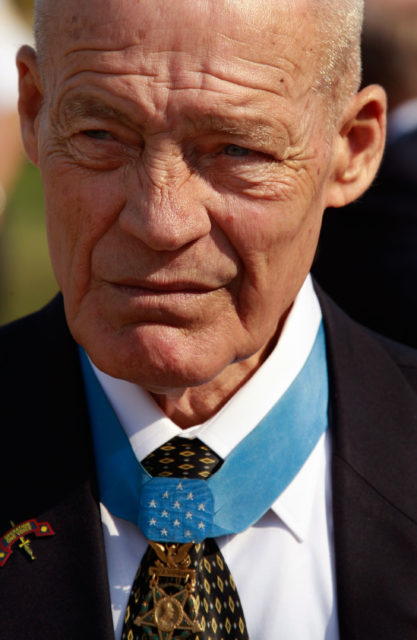
In December 1968, Robert Howard joined a rescue mission to recover Special Forces Sgt. Robert F. Scherdin. Scherdin was part of a 10-man team deployed at the junction of Laos, Cambodia, and South Vietnam. The team had split into two groups, both of which came under enemy attack. Severely wounded, Scherdin was left behind when the patrol was forced to retreat.
The next morning, Lt. James Jerson sent his Special Forces commando platoon, including Howard and a group of Montagnard tribesmen, to rescue Scherdin. Along the way, Jerson and Howard were hit by a remotely detonated mine, seriously injuring them, and the rest of the platoon was attacked by the enemy.
Despite injuries to his legs and hand, Howard moved swiftly through enemy fire to reach Jerson and pull him to safety. A helicopter evacuated the platoon after Howard successfully rescued Jerson, but Jerson later succumbed to his injuries. Scherdin was not found and was declared missing in action.
Howard’s bravery and resilience earned him another recommendation for the Medal of Honor, which was presented to him for having “crawled from position to position, administering first aid to the wounded, giving encouragement to the defenders and directing their fire on the encircling enemy.” President Richard Nixon presented him the medal on March 2, 1971.
Robert Howard’s life following the Vietnam War
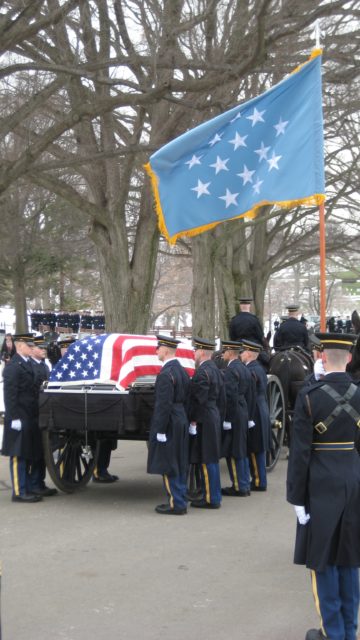
Robert Howard spent a total of four and a half years fighting in Vietnam. He served with the US Army for 36 years, 33 of which were with airborne status. Howard retired as a full colonel in 1992, but continued to work with other veterans in some form. He even visited American troops who were stationed in Iraq.
More from us: The Ace of Spades Was Used By the 101st Airborne Before It Became the ‘Death Card’
Howard became the most decorated Green Beret and soldier since World War II. Among the aforementioned decorations, he was also awarded seven Army Commendation Medals, three Air Medals, the Defense Superior Service Medal, three Meritorious Service Medals, the Joint Service Commendation and four Legions of Merit.
The Special Forces veteran died of pancreatic cancer on December 23, 2009 and was buried at Arlington National Cemetery.
